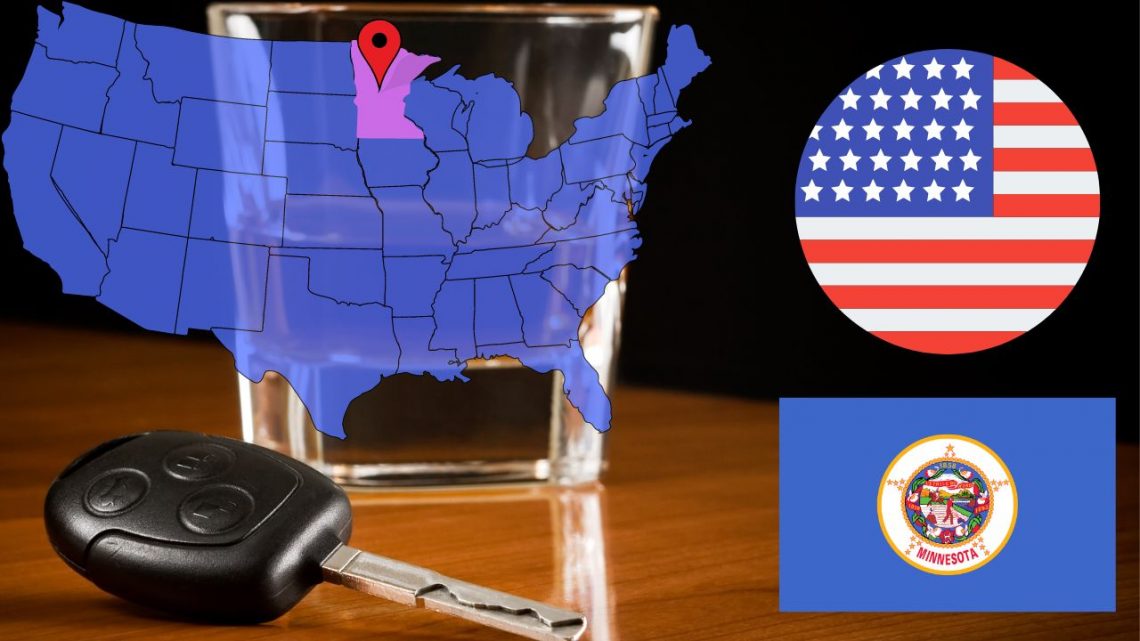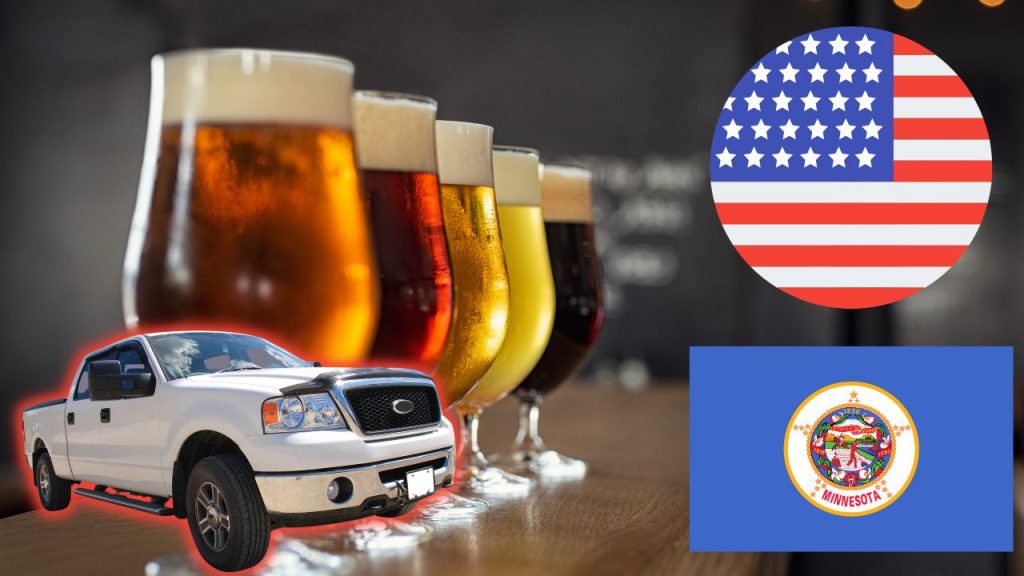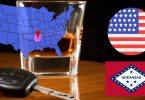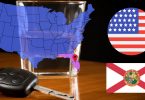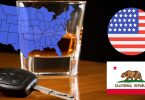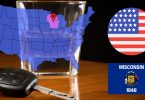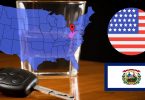In Minnesota, the maximum permissible blood alcohol concentration (BAC) stands at 0.08%, equivalent to 80 milligrams of alcohol per 100 milliliters of blood.
This piece aims to inform readers about Minnesota’s drunk driving laws. This site does not endorse or promote drunk driving in any state or region.
What is the Legal Alcohol Limit for Driving in Minnesota?
In Minnesota, the legal alcohol limit for driving varies depending on the category of the driver. These limits are set to ensure safety on the roads by reducing the risk of alcohol-related accidents. Below are the specific legal Blood Alcohol Concentration (BAC) limits for each driver’s category:
- Regular Drivers: The legal BAC limit is 0.08%. This applies to most drivers operating personal vehicles.
- Commercial Drivers: Individuals holding a commercial driver’s license are subject to a stricter BAC limit of 0.04%, reflecting the increased responsibility of operating commercial vehicles.
- Minors (Under 21): For drivers under the age of 21, Minnesota enforces a zero-tolerance policy. It is illegal for these drivers to operate a vehicle with any detectable amount of alcohol in their system.
Drink and Drive Penalties and Punishments in Minnesota
Driving while intoxicated (DWI) in Minnesota carries serious penalties and punishments, aimed at deterring impaired driving and ensuring the safety of all road users. The consequences of a DWI conviction vary significantly based on the number of offenses. It’s crucial for drivers to be aware of these legal repercussions and to frequently consult the official state’s website for the most current information. Below is a summary of penalties for DWI offenses in Minnesota:
1st DWI Offense / Conviction – Misdemeanor
- Fine: Up to $1,000.
- Jail: Up to 90 days.
- License Revocation: 90 days (with the possibility of a limited work permit license after the first 15 days).
- Ignition Interlock: Eligibility for full driving privileges with an ignition interlock device.
- Additional Penalties: Possible license plate impoundment, vehicle forfeiture for aggravating factors, chemical use assessment, and treatment, MN SR22 Insurance requirement.
2nd DWI Offense / Conviction – Gross Misdemeanor
- Fine: Up to $3,000.
- Jail: Minimum of 30 days or community service.
- License Revocation: At least 1 year.
- Ignition Interlock: Eligibility for full driving privileges with an ignition interlock device.
- Additional Penalties: Similar to the first offense, with increased severity.
3rd DWI Offense / Conviction – Gross Misdemeanor
- Fine: Up to $3,000.
- Jail: Minimum of 90 days, 30 days must be served consecutively.
- License Revocation: Not less than 3 years.
- Ignition Interlock: Eligibility for a limited license followed by 2 years of full privileges with the device.
- Additional Penalties: Increased penalties including vehicle forfeiture and longer revocation periods.
4th DWI Offense / Conviction – Felony
- Fine: Up to $14,000.
- Jail: 180 days to 7 years, with conditional release following.
- License Revocation: Not less than 4 years.
- Intensive Probation: For repeat DWI offenders.
- Additional Penalties: Enhanced measures such as vehicle forfeiture and extended license revocation.
5th (& Subsequent) DWI Offense / Conviction – Felony
- Fine: Up to $14,000.
- Jail: 1 to 7 years, with a minimum of 60 days served consecutively.
- License Revocation: Not less than 6 years.
- Intensive Probation: Similar to the fourth offense.
- Additional Penalties: Continuing the trend of increasing penalties for repeat offenses.
Important Note
The specifics of DWI penalties can change, and additional conditions may apply based on the circumstances of each case. It’s essential for individuals to stay informed on current laws and requirements by frequently visiting the official state’s website of Minnesota. This ensures drivers have the most accurate and up-to-date information regarding DWI laws and penalties.
Calculating Your Legal Alcohol Blood Limit in Minnesota
In Minnesota, as in the rest of the United States, law enforcement officials determine whether a driver is legally intoxicated primarily through the use of blood alcohol concentration (BAC) tests. These tests measure the amount of alcohol in your system to ensure it does not exceed the state’s legal limit. Police officers may administer a breathalyzer test during a traffic stop if they suspect impairment. In more serious cases, blood tests might be conducted at a medical facility to ascertain the BAC with greater accuracy.
For individuals concerned about their BAC and aiming to make responsible decisions regarding driving after consuming alcohol, there are ways to estimate your BAC level:
- Use a High-Quality Alcohol Breathalyzer: For those seeking a practical method to assess their BAC, I recommend the BACtrack S80, known for its professional-grade accuracy. This device is DOT & NHTSA approved and FDA 510(k) cleared, making it a trustworthy option for personal use. Keeping a BACtrack S80 in your vehicle can be a proactive measure to prevent drunk driving, especially since it’s common for individuals to misjudge their own level of impairment. The device’s precision can provide a clear indication of whether or not you’re above Minnesota’s 0.08% BAC limit for driving.
- Utilize a BAC Calculator: Alongside other phlebologists and with the assistance of web developers, I’ve developed an online BAC calculator. This tool is designed to give you an estimate of your BAC level based on various factors, including the amount of alcohol consumed, the time frame of consumption, your weight, and gender. While this calculator is informed by professional expertise, it’s important to remember that it cannot account for individual metabolic differences and other variables that might affect your actual BAC.
Important Considerations
While both the BACtrack S80 breathalyzer and the online BAC calculator can provide valuable estimates of your alcohol levels, it’s crucial to understand that neither method guarantees 100% accuracy. Factors like metabolism, food intake, and individual health conditions can influence your actual BAC. Therefore, these tools should be used as guidelines to assist in making informed decisions about driving after drinking.
Given the severe penalties associated with DUI/DWI offenses in Minnesota, including fines, jail time, and license revocation, it’s wise to err on the side of caution. If there’s any doubt about your sobriety, the safest choice is not to drive. These tools are meant to help you make safer choices, not to enable borderline decisions about driving under the influence.
Sticking to DUI Laws in Minnesota: Sad Statistics
Driving under the influence (DUI) is illegal in Minnesota, where in 2021, 488 alcohol-related crashes occurred, with 17% involving drivers over the 0.08% BAC limit. Minnesota actively records and combats DUI incidents through strict laws.
Before driving, verify your BAC with an alcohol breathalyzer to ensure it’s below the legal threshold. Consider using a taxi, Uber, or a designated driver service instead of driving if needed.
For the latest DUI laws and information, visit Minnesota’s Office of Traffic Safety website. Be mindful of the risks associated with DUI; even small amounts of alcohol can impair driving. Always explore alternative transportation options if there’s any doubt about your sobriety.

